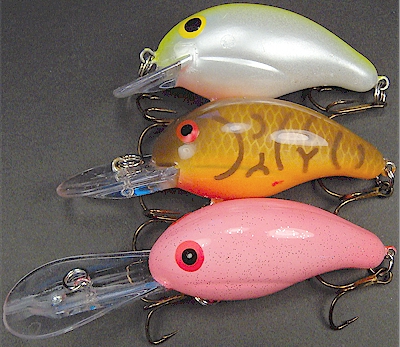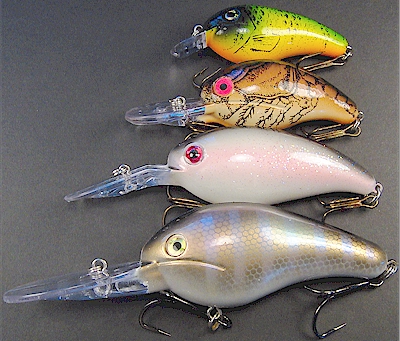Chum On The Run
By: Dennis Dobson - Oregon Outdoors
While many savvy anglers consider October and November to be primetime for fall chinook on Oregon's north coast, those truly in the know realize they can double their fun by chasing chinook and chum on the run at the same time.

FLY ROD FUN - In the Kilchis' justly famous Second Bridge Hole a very busy angler fights his first chum salmon on a fly rod. Known as great fighters, regardless of the gear or technique used to hook them, anglers commonly prefer to catch them, as here, on 8, 9 and 10-weight fly rods.
Chum salmon, also known as 'dog salmon' begin filtering into Tillamook Bay's Kilchis River with the first heavy rains of autumn. Called dog salmon both for the size of their teeth and because Alaskan's have used their oil-rich meat to feed sled dogs for centuries, chum are both overshadowed by their larger cousins, chinook, and under-appreciated by the general fishing public. Averaging just fifteen pounds, with the occasional twenty-pounder considered a trophy , once experienced chum often hold a place in the hearts of true-blue salmon anglers right next to chinook. Tremendous fighters, chum are known, and appreciated, for their long, strong runs, aerial acrobatics, tail walking and a never-say-die attitude.
Beginning the second or third week of October the Kilchis will be full of a mixed bag of both chum and chinook salmon. One of the fall salmon season's great joys is drifting the Kilchis and never knowing which fish, a chum or a chinook, will be the next to take your bait.
Incredibly aggressive and running in packs or schools, chum will attack almost literally anything they see. From a simple corky and yarn drift fished in front of them to large plugs and back-bounced salmon eggs or sand shrimp presented from a slowly back-rowed drift-boat, it's pretty much certain that if they can see it, they'll hit it.
As a professional guide working the Kilchis every Autumn my favorite presentation is fly fishing. Using a ten, eleven or twelve-weight fly rod, a fast-sink tip line and large, gaudy flies, it's not uncommon to play a dozen or more chum every day. And most days will include a few chinook taken on the same gear as well.
The standard fly fishing set up and presentation is very simple. Using either a very fast sink tip line or crimping a small split-shot or two onto a standard fly line just where it is tied to the leader, roll cast or sling the line into the top of a runor drift. As the line drifts downstream take in the slack. Once the line swings below you either play the slack back out slowly, letting the fly bump along at or near the bottom, or simply let it hang in the current. Most of the time, whether it's a chum or a chinook, the bite will come as the fly hangs or swings in the current downstream from the angler. The presentation is just that simple. Fly and leader selection is even simpler.

GREAT FIGHTERS - Aggressive biters justly famous for not being choosy about what technique is used to hook them, this very nice 18-pound chum salmon buck fell victim to the seductive wiggle of a back-trolled anchovy-wrapped size K-14 Kwik-Fish.
The best leader, especially bearing in mind that chum are your basic non-selective biters and that the chances of a chinook hitting your offering are almost as great as a chum taking it, is four to six feet of either thirty or forty pound test monofilament line. That's it. No fancy tapered leaders, no need for long nine to twelve foot leaders that tangle on every cast, just a simple piece of mono strong enough to hold the fish.
Probably the most common fly used on the Kilchis for both chinook and chum is a simple one-inch piece of chartreuse yarn. Tie a 2/0, 3/0 or 4/0 hook to the leader with a guide's knot - also known as an egg loop - open the loop and place the yarn inside the loop. Pass the yarn through the loop a second time and cinch the loop back down against the hook. This is both simple and effective. By passing the yarn through the loop twice it won't come loose when casting or while fighting a fish and lies flat against the hook shank looking and acting very natural while drifting.
Although most years it is not a requirement, I always use barbless hooks. The chum are a protected species and while we can target them for catch and release from mid-September through mid-November, we can't keep any. Barbless hooks just make it easier to release the fish unharmed. And, as long as you keep a tight line while fighting that chinook that took you by surprise -two of which you can keep daily - you won't lose any more fish than you would with barbed hooks.
Another of my favorite flies for the Kilchis is called a "Great Big Ugly Green Thing". Also called a bunny fly, it is simply a several inch long piece of chartreuse bunny fur tightly wrapped and tied onto a long-shank 2/0 or 3/0 hook. Hot pink, dark orange, bright red and black are also among my favorite colors. Basically though, just about any large brightly colored fly will take both chinook and chum.






